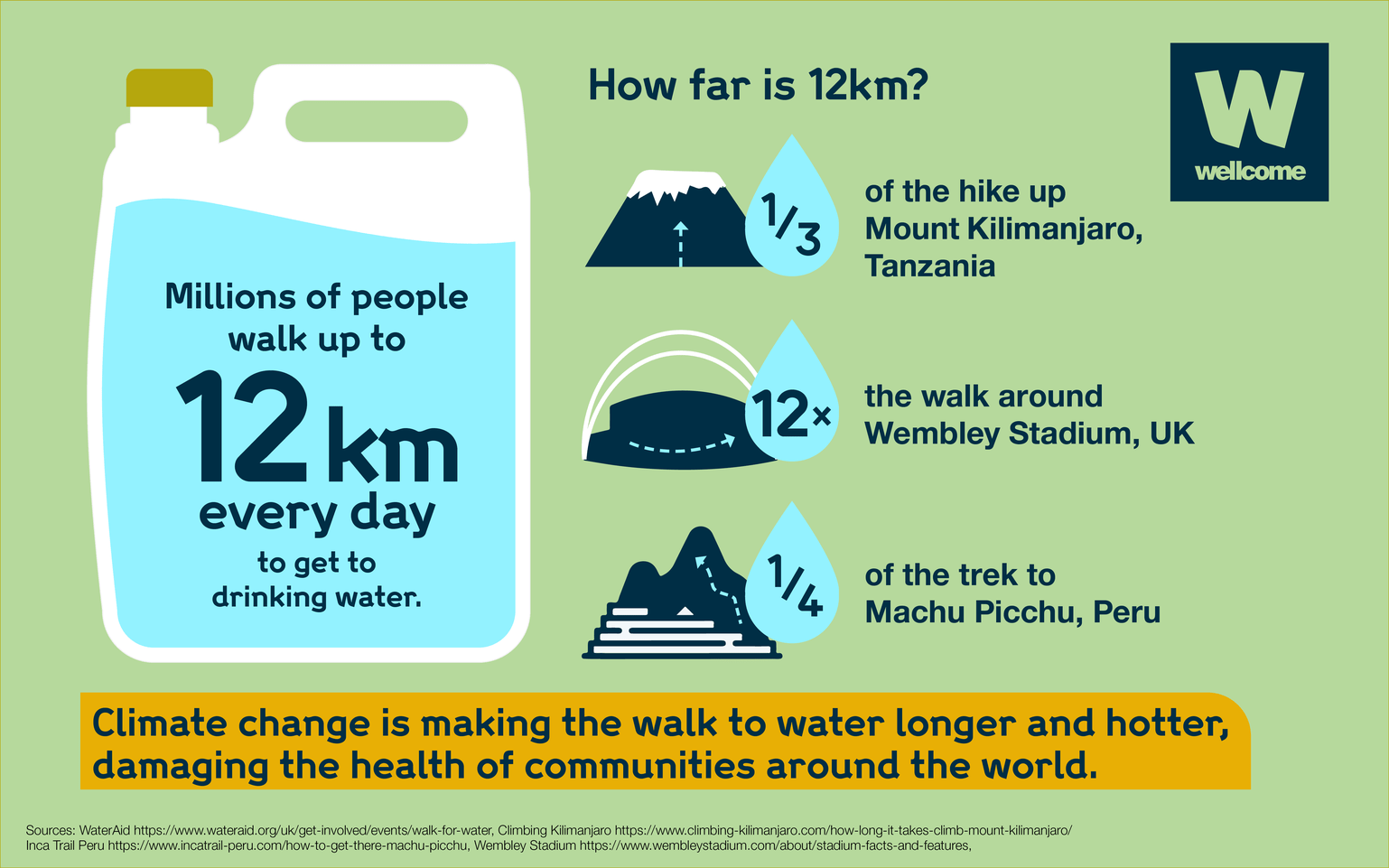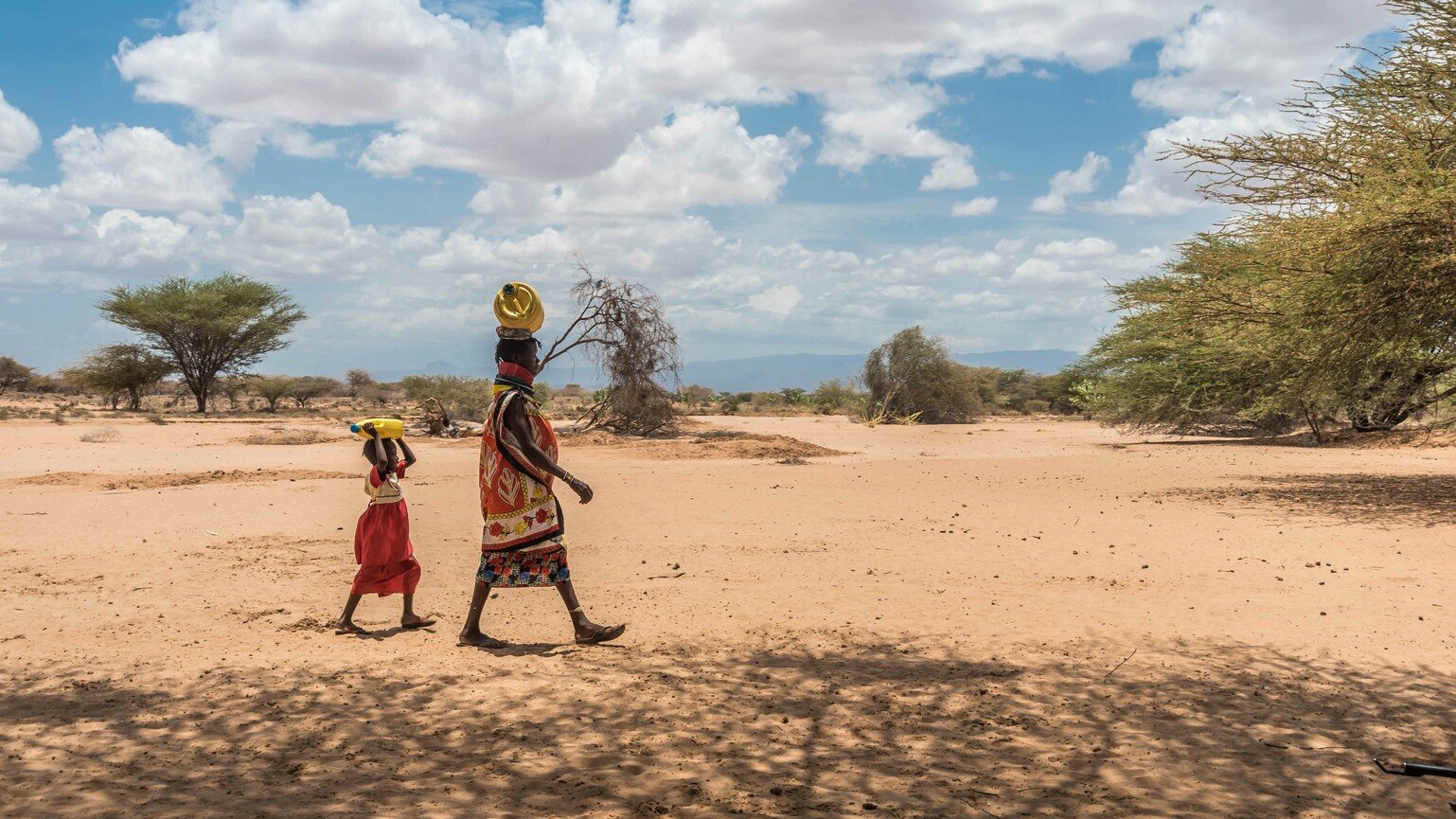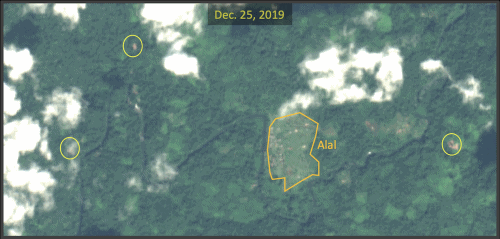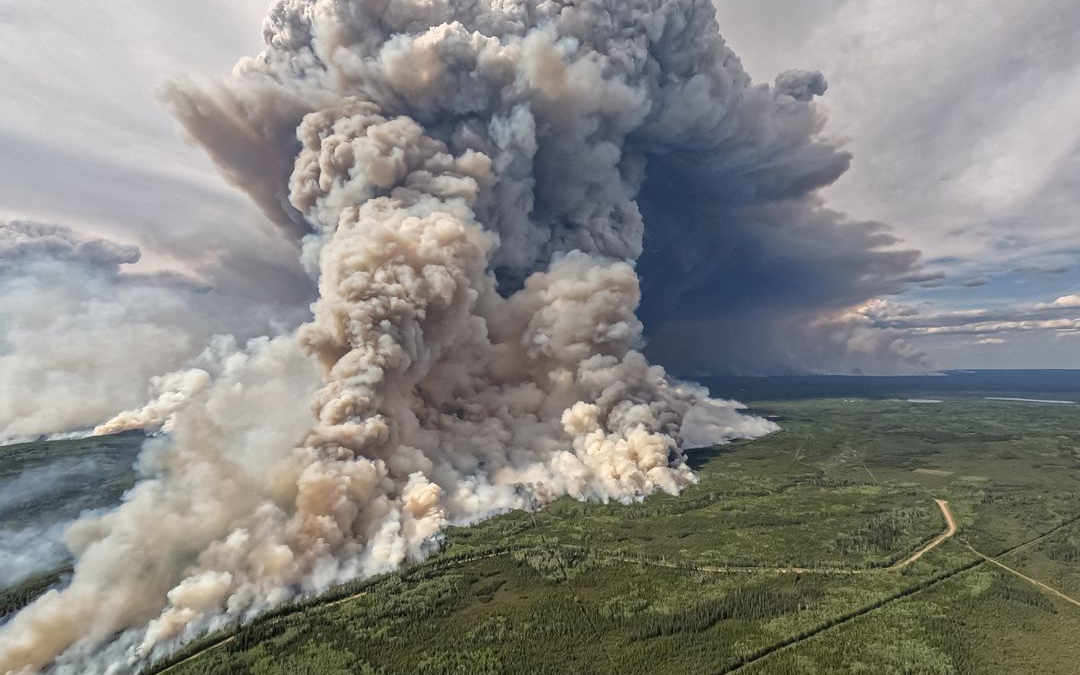Is the world running out of freshwater? “A lot of women have miscarried in this area while going to look for water”

By Simge Eva Dogan
1 June 2022
(Wellcome) – More than half of the world’s population faces water scarcity for at least one month a year.
Safe water is a basic human right and essential for our health, whether we use it for drinking, food production or hygiene. But it’s also a finite resource.
Only 3% of Earth’s water is freshwater, most of which is in frozen glaciers, ice caps or deep underground.
As climate change accelerates the frequency of extreme weather events and higher temperatures, our freshwater supply grows smaller and the risks to people’s health greater.
It’s one of many reasons why the world is running out of water. From an increasing population that demands more food and energy, to extensive use in agriculture and industry – stress on water is rising.
Water scarcity can cause human displacement and poverty. Contaminated water can transmit diseases like diarrhoea, cholera and polio. And for millions of women and children, the physical strain of walking up to 12 kilometres a day to collect water endangers their health.
A growing global water shortage
In California, devastating droughts and surging temperatures are affecting the water cycle. These extreme weather events are leading to greater evaporation and changing rainfall patterns.
This US state relies on snow for around 30% of its water supply, but snow is scarce in increasingly dry conditions.
Its residents are experiencing a decline in water availability, and as the world continues to warm the situation will worsen.
While most cities have made investments to diversify their water supply and expand conservation efforts, smaller rural communities that rely on wells are increasingly vulnerable. Today, nearly 400,000 Californians rely on drinking water that may contain chemical contaminants. Drought can further increase these contaminants, while fire damage to the well equipment can add toxic chemicals to the water.
The changing water is already harming people’s health. For example, following the 2018 Camp Fire in Butte County – California’s most destructive wildfire in history – chemical contamination of the drinking water system resulted in health risks and restrictions on water use. In a survey of more than 200 households following the fire, 54% self-reported that at least one member in their household experienced anxiety, stress or depression in connection with securing safe water and contamination issues.

Nine thousand miles from the Californian crisis, Kenyans are facing even greater climate-related water shortages and the severe health risks that come with it.
The country contributes less than 0.1 per cent of global greenhouse gas emissions annually but is one of the most vulnerable to climate change.
Extensive drought has led to extreme food insecurity and famine. Ngawosa Eregai, a Community Health Worker in Turkana County, says: “The biggest challenge we have is lack of water.”
Four or five people have to use their hands to dig deep holes in the ground where the rivers used to be to get to water. “We drink this water because we do not have a choice,” says Ngawasa. “We trust that it will not be harmful.”
For Esther Elaar, who fetches and carries water for her family to use every day, the four-hour walk weighs on her physical health. “My whole body feels sore,” she says. “I usually carry 20 litres of water at a time because the water point is far off.”
The long and hot walk to water is disproportionately affecting pregnant women like Esther. Their babies are dying before they’re born.
“While carrying water, I feel the baby in my womb moving,” Esther says. “A lot of women have miscarried in this area while going to look for water.”
It’s now or never
Esther’s story is just one of millions.
The groundwater in Germany which supplies almost 70% of the country’s drinking water is declining. Iran’s retreating Lake Urmia grows saltier as it shrinks and affects the water, soil and clean air available to local villagers. And prolonged droughts in Peru damage agriculture and access to clean water in Indigenous communities.
The climate crisis is transforming water on Earth and the health impacts reach far and wide.
With just 2°C warming, up to three billion people are projected to experience chronic water scarcity. But we have the knowledge and tools to prevent that from happening.
It involves implementing strategies such as conserving water and restoring freshwater ecosystems like wetlands. To achieve that, we need immense political action, greater financial investment and a whole-of-society approach.
At Wellcome, we’re working with the people most affected by climate change to support critical research, tools and resources. If we act collectively now against climate change, we can protect our water and our health. [more]


